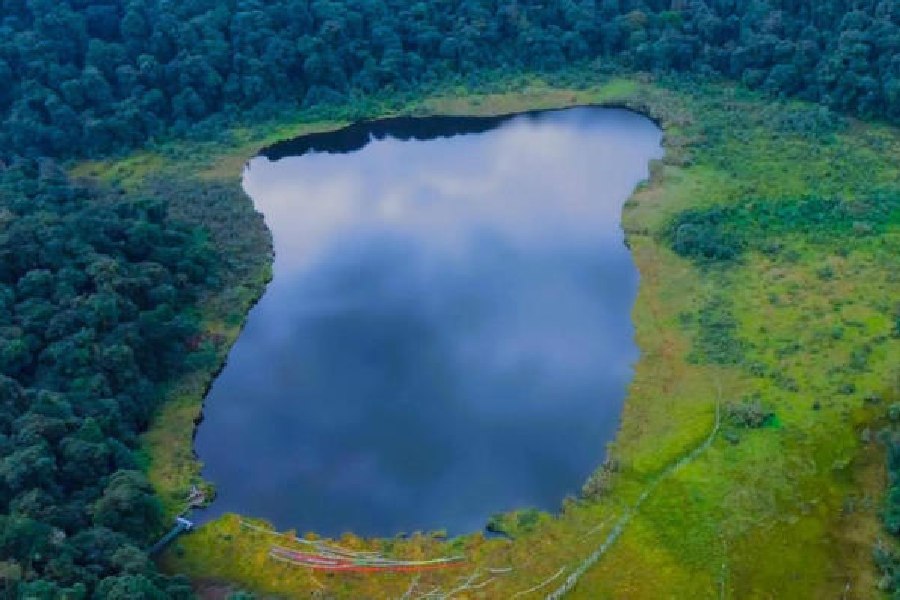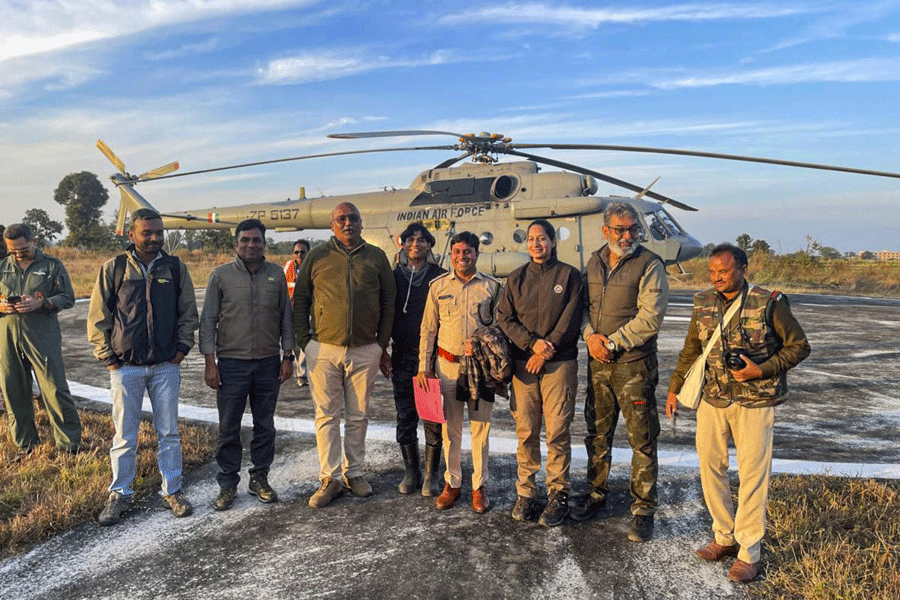The famous Khachoedpalri Lake in Sikkim has been designated as a Ramsar Site which is a significant recognition in global wetland conservation.
Known as the “wish-fulfilling lake”, it is a popular tourist site surrounded by dense forests.
The site serves as an important habitat and stopover site for birds migrating across the Himalayas, including the critically endangered Baer’s pochard (Aythya baeri), according to the Ramsar website.
The lake is renowned not just for its ecological significance but also cultural. Spread over nine acres, the lake is considered holy by both the Buddhist and Hindu communities.
This is the first Ramsar Site in Sikkim.
Sources said that the announcement was recently made by the Union ministry of environment, forest and climate change ahead of World Wetlands Day on February 2.
A Ramsar Site is a wetland designated to be of international importance under the Ramsar Convention, an international environmental treaty signed on February 2, 1971, in Ramsar, Iran, under the supervision of Unesco.
This intergovernmental treaty provides a framework for national action and international cooperation for the conservation and use of wetlands and their resources.
Wetlands declared as Ramsar Sites are protected under strict guidelines of the convention. Countries can declare Ramsar Sites only if they meet a set of criteria.
Prem Singh Tamang (Golay), the chief minister of Sikkim, said: “This is a remarkable achievement for the state, which has brought global attention and support to Sikkim’s effort in climate change mitigation through wetland conservation.”
Sources said that attempts had also been made earlier to incorporate the Khachoedpalri Lake in the list.
Kachoedpalri, situated at an altitude of around 5,500 feet above sea level, is about 34km from the famous tourist town of Pelling in Sikkim.
“The Ramsar designation will ensure that Khachoedpalri Lake will receive international attention and support for its protection,” said a source who added that the state government worked relentlessly for the enlistment.
Experts believe that the wetlands are one of the most threatened of all ecosystems in India.
In Bengal, the Sunderbans and the East Calcutta Wetlands were earlier included in the Ramsar list.
Currently, there are now 89 wetlands in the country included in the Ramsar list. Tamil Nadu tops the list with 20 wetlands with this recognition.










